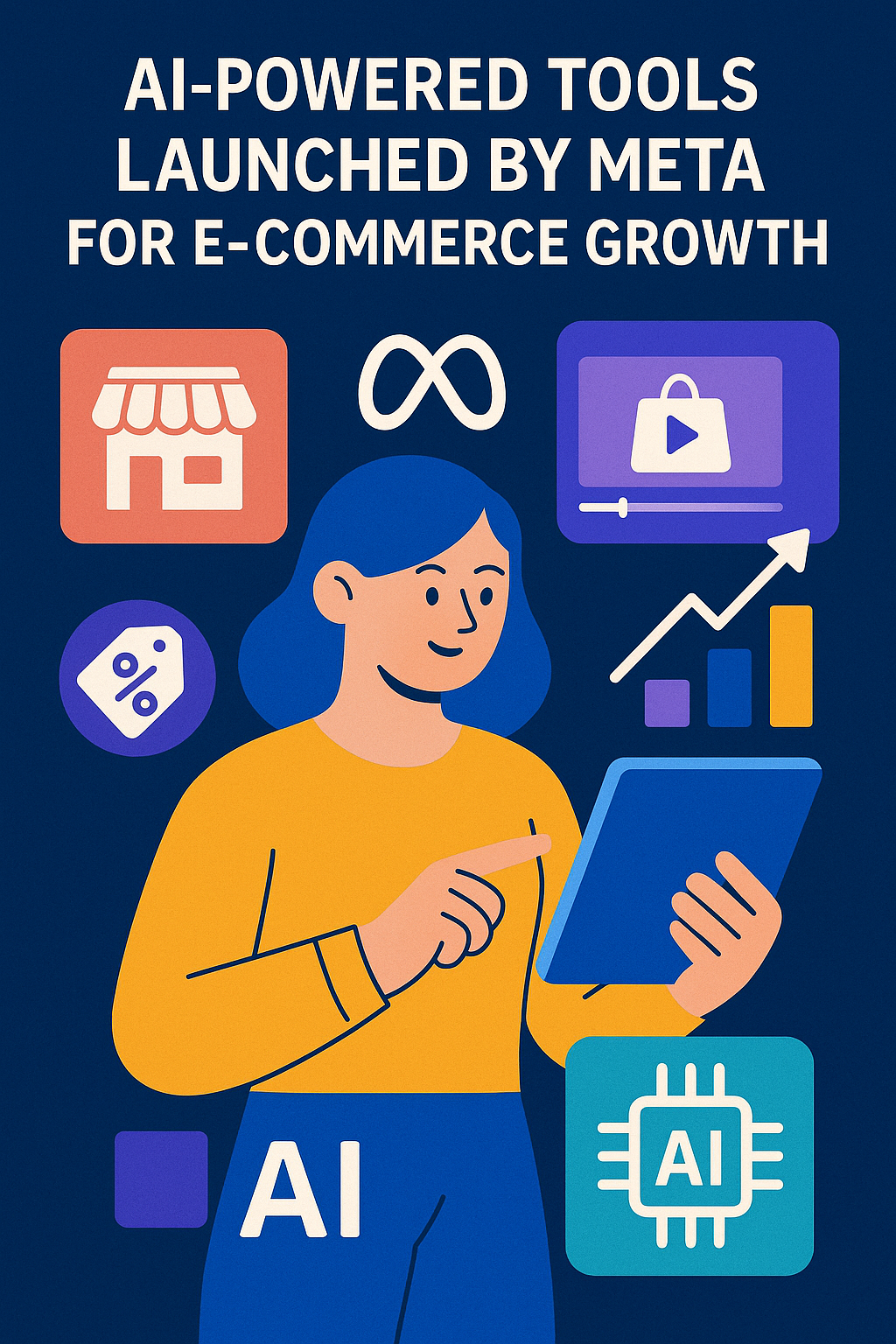What are the current advancements in security technologies and corporate security trends? And how do they influence the ongoing debate between cloud-based and on-premise security solutions within the tech industry? From breakthroughs in AI-driven security tools and machine learning systems to new IT security innovations and evolving cloud security practices, here are six key security technology trends to watch in 2025.
- Growing Use of Hybrid Systems
More security setups now use a mix of edge, cloud, and on-site technologies. A hybrid approach is increasing in popularity and will continue to grow. Hybrid solutions are flexible and give users options for storing, showing, and analyzing video. That’s why they are a practical solution for today’s security requirements. They also make it easier to follow new local and regional rules and help address data control, cost, and energy use concerns. This design makes building systems that match each organization’s needs more manageable. They are also easy to manage and can be scaled or adapted to meet evolving needs.
- Advancement of Artificial Intelligence (AI) and Machine Learning (ML)
AI and machine learning are transforming security by recruiting systems to get quicker and more intelligent at identifying threats. They can detect vast quantities of data in a matter of minutes to abnormal behavior—sometimes before a human would even notice—helping prevent potential breaches. These technologies are not just advanced but can also be streamlined and are easier to install into different security setups. However, technology also has downsides—the tools meant to protect us can be used against us by hackers to carry out more serious and harmful attacks. So organizations must implement security systems to learn from past attacks and better prevent future ones.
- Security Technologies for Cloud-Based Data
In 2025, trends indicate that cloud technology will remain essential to business security strategies. As more companies move their data to cloud platforms like Google Cloud, Microsoft Azure, and AWS, protecting it becomes more critical. Companies invest a lot in security tools and technologies to protect data from hackers. These include firewalls, data encryption, multi-factor authentication, and monitoring systems that detect suspicious activity. These tools can identify threats early and respond faster than humans. Additionally, businesses are embracing a “shared responsibility model,” meaning the cloud provider and the company must work together to ensure security.
- Strengthening Security in the Internet of Things (IoT) Era
Using Internet of Things (IoT) devices increases the risk of cyberattacks because most are not secure enough. So, there is a higher chance that they can easily be hacked. In 2025, the focus will be more on securing IoT systems through better methods of authenticating devices, updating software, and segmenting networks to minimise access. It is paramount to make these devices secure to protect sensitive information and ensure connected systems remain secure and reliable.
- Biometric Systems for High-Security Applications
Biometric security means using your fingerprint, face, or voice to verify your identity. Instead of remembering passwords or carrying access cards, biometrics are more convenient for unlocking devices or logging into secure systems. This personal security makes it harder for hackers to crack it. In 2025, we expect this technology to be used even more on smartphones, laptops, banking apps, office buildings, and airports to make security faster and more convenient. Some companies encrypt or store data on devices instead of central servers to secure it from hackers.
- Integration of AI in Cybersecurity
Cyber threats become more advanced and frequent, making it difficult for traditional security systems to keep up. AI can analyze vast amounts of data rapidly and detect threats faster than humans. They immediately identify unusual behavior or hacking attempts and alert security teams in real time. In 2025, we expect AI in cybersecurity to grow as it gets smarter over time, improving its ability to predict and stop threats before damage is done. Companies are adapting AI-powered tools to automate responses, block suspicious traffic, lock accounts, or isolate infected systems without needing a human to step in immediately.
Final Thoughts
The security industry is evolving in 2025 with the adoption of innovative technologies with a view to more reliable protection. Organizations must stay updated on recent developments and align their security measures to remain secure in this changing landscape.









